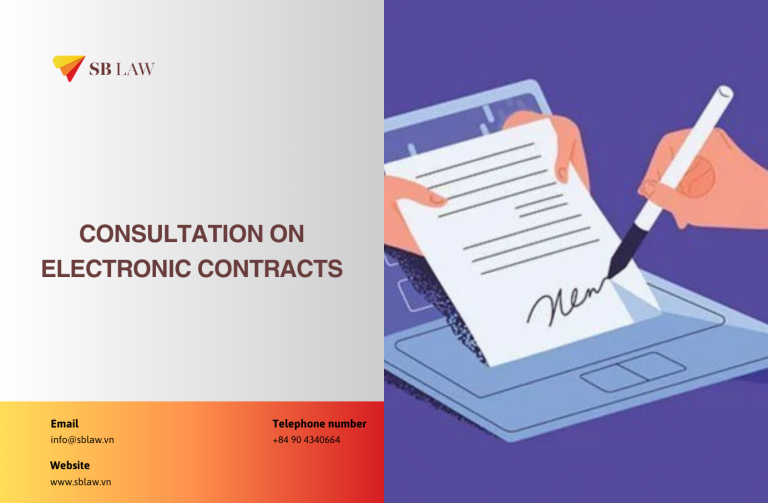The withholding taxes in the table on page 10 may be affected by relevant DTAs. For example, the deemed CIT on foreign contractors may be eliminated or reduced through a relevant DTA.
Vietnam has signed more than 60 DTAs and others are at various stages of implementation and negotiation. The agreements in force include those with Australia, France, Germany, Japan, Korea, Malaysia, the Netherlands, Singapore, Thailand, Hong Kong and the United Kingdom. Notably absent is a DTA with the United States of America.
Tax Incentives
Tax incentives are granted for certain regulated encouraged sectors and difficult socio-economic locations.
The sectors which are encouraged by the Vietnamese Government include education, health care, sport/culture, high technology, environmental protection, scientific research, infrastructural development and computer software manufacture.
Two preferential CIT rates of 10% and 20% are available for 15 years and 10 years respectively, starting from the commencement of operating activities. When the preferential rate expires, the CIT rate reverts to the standard rate.
Taxpayers may be eligible for tax holidays and reductions. The holidays take the form of a complete exemption from CIT for a certain period beginning immediately after the enterprise first makes profits, followed by a period where tax is charged at 50% of the applicable rate. However, where the enterprise has not derived profits within 3 years of the commencement of operations, the tax holiday/tax reduction will start from the fourth year of operation. Criteria for eligibility to these holidays and reductions are set out in the CIT regulations.
Tax incentives do not apply to ’other income’, which is broadly defined.
From 1 January 2012, according to Vietnam’s WTO commitments, tax incentives based on export criteria and domestic material usage ratio have been removed. Taxpayers which had tax incentives based on export criteria may select and notify the tax authorities of alternative CIT incentives based on other tax incentives criteria and apply them for the remaining period.
Tax Losses
Taxpayers may carry forward tax losses fully and consecutively for a maximum of five years.
Losses of non-incentivised activities can be offset against profits from incentivised activities, and vice versa. However, losses/gains from the transfer of real estate, projects or mineral rights are not allowed to be offset against other business activities
Carry-back of losses is not permitted. There is no provision for any form of consolidated filing or group loss relief.




